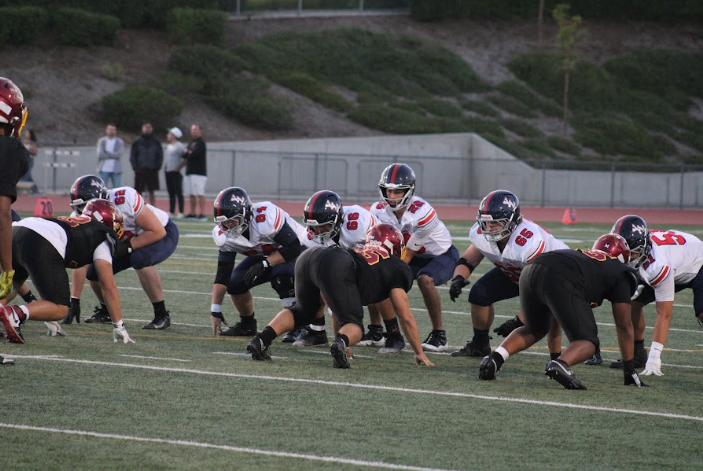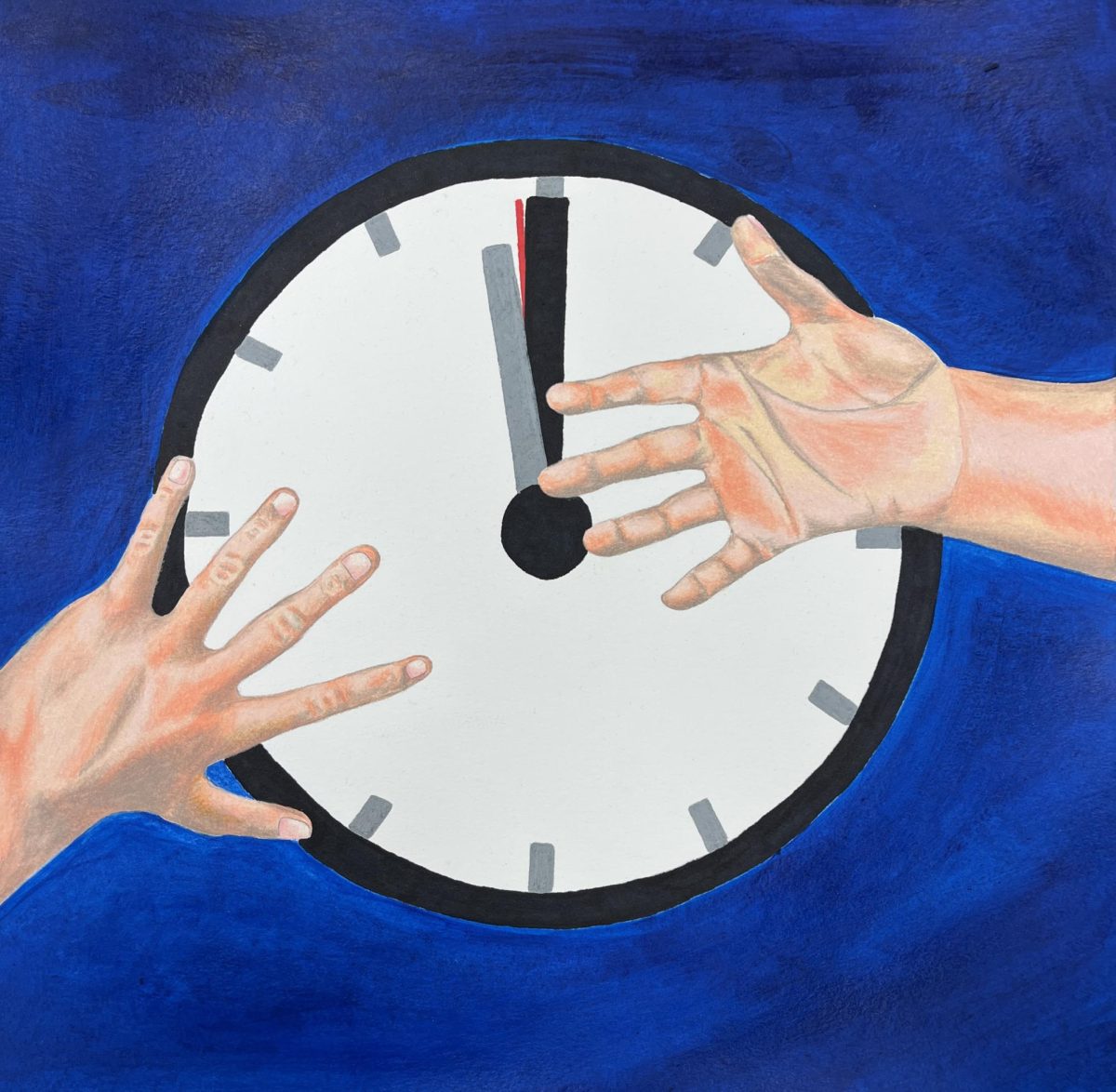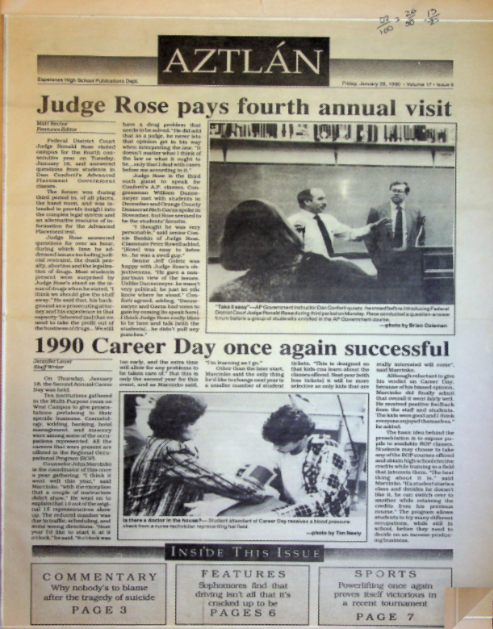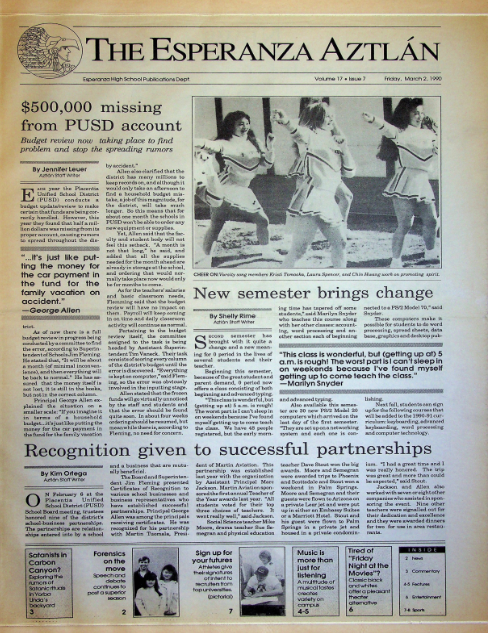Gender equality has long been a goal in the United States, reflecting a commitment to justice and fairness. While progress has been made, challenges persist. This essay explores the current state of gender equality in the USA, examining achievements, challenges, and ongoing efforts to create a society where men and women are treated equally.
Despite legal strides, workplace equality faces hurdles. The gender pay gap is concerning, with women earning less than men on average. Efforts to address this gap have raised awareness, but more work is needed. Another focus is women’s representation in leadership roles. Progress has been made, but women are still underrepresented in executive positions. Initiatives promoting diversity are gaining traction, but breaking down systemic barriers requires ongoing commitment.
Attitudes and cultural norms also shape gender equality. Evolving societal expectations challenge traditional roles, encouraging a more inclusive understanding of gender. Yet, deep-seated stereotypes persist, impacting perceptions. Ongoing efforts are needed to dismantle these barriers.
Intersectionality adds complexity, recognizing compounded forms of discrimination based on factors like race or socioeconomic status. Addressing unique challenges faced by diverse groups is crucial for true equity.
In conclusion, the journey toward gender equality in the United States involves progress, challenges, and continuous improvement. Legal frameworks provide a foundation, but persistent disparities in pay, representation, and cultural attitudes need addressing. True gender equality requires collective action, collaboration, and dedication to dismantling barriers. By fostering inclusivity, challenging stereotypes, and promoting diversity, the USA can move closer to a society where men and women are treated equally in all aspects of life.











































